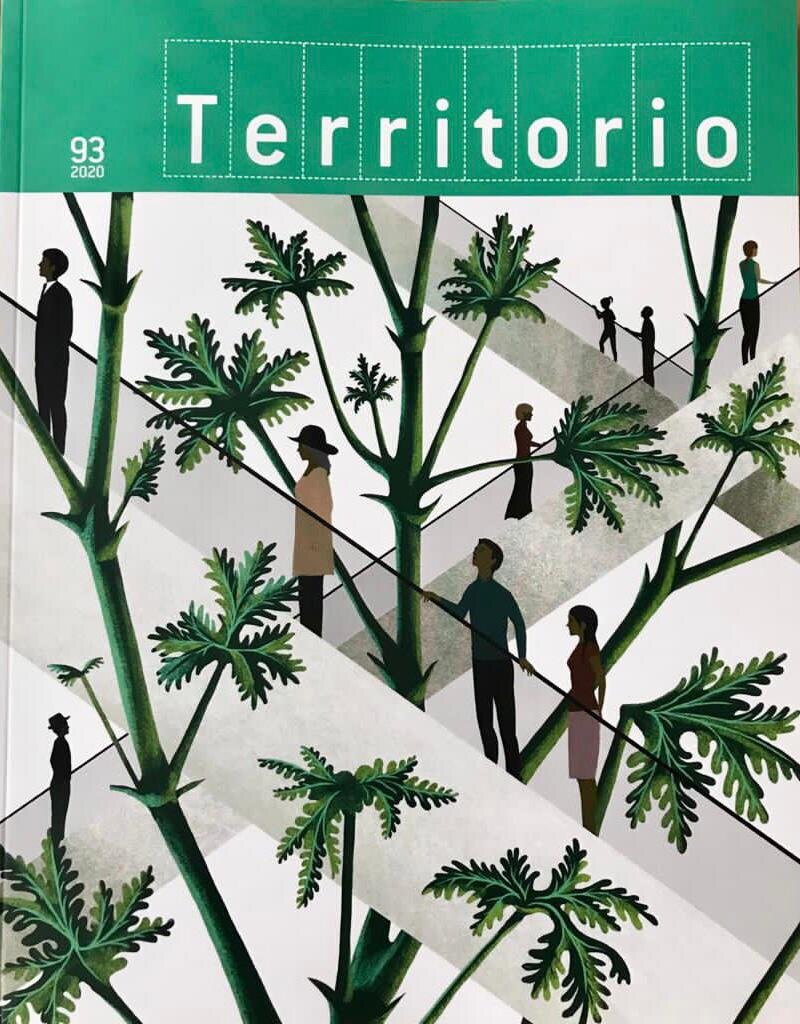ISTANBUL’S HERITAGE AT RISK:
THE GALATA DISTRICT
Istanbul’s Galata district is a multicultural crossroad in the Mediterranean. Throughout Istanbul’s transformation into a modern metropolis Galata maintained its distinctive and cosmopolitan character due to the cultural diversity of its inhabitants. This aspect of Galata was perpetuated by the continuous arrival of foreigners, who brought their own culture, traditions, and religion. This study demonstrates the architectural richness of the district by examining its coexisting civilizations, past and present. The district today faces the alarming possibility of disappearance due to neglect and lack of improvements. It is important to define Galata and its past layers as a historical and cultural asset and to preserve the richness and multicultural origins of this integral part of Istanbul’s identity.
SKOPJE’S TRANSITIONS AND ITS STRUGGLE TO PRESERVE COLLECTIVE MEMORIES
Skopje has undergone many changes to its urban environment, caused by different factors both human and natural. Due to these impacts, the community’s responses have ranged from deeply personal emotions to the collective mobilizations of attachment that erupted during several periods of rapid change. After the major changes that occurred after the 1963 earthquake and the dissolution of Yugoslavia when Macedonia reached its independence, the city and its citizens continuously struggled to find an urban identity that could reflects the collective memories of the previous times. In searching for this urban identity, the last phase of the process was the “Skopje 2014” agenda promoted by the then-ruling government. This paper presents the transitions in Skopje’s urban panorama, to analyse and reflect how such transformations of urban and architectural environment can affect urban identity and collective urban memories.
REINVENTING VERNACULAR TRADITIONS TO REVEAL NATIONAL IDENTITY: A CASE STUDY OF THE “MACEDONIAN VILLAGE”
To promote a new sense of national identity, the Republic of Macedonia recently commissioned the design and construction of a “Macedonian Village” as part of a wider “Skopje 2014” project for its capital city. Sourced through a design competition, the village, which has yet to open, seeks to use Macedonian heritage and vernacular architecture to promote tourism. This report reviews the project and critiques the authenticity of its representations. It further interrogates the meaningfulness of such reinventions of tradition as sites for the consumption of instant touristic experiences.


